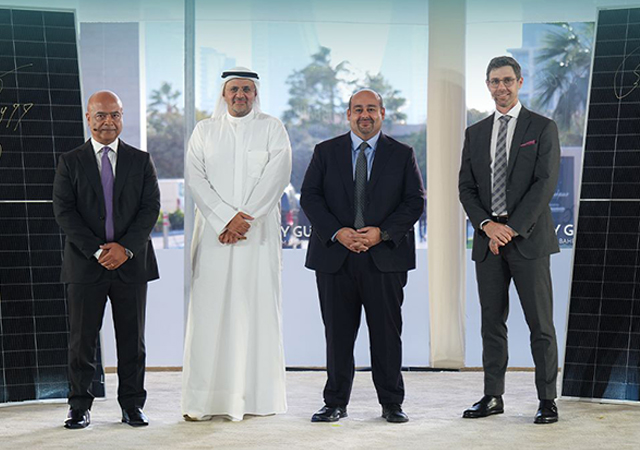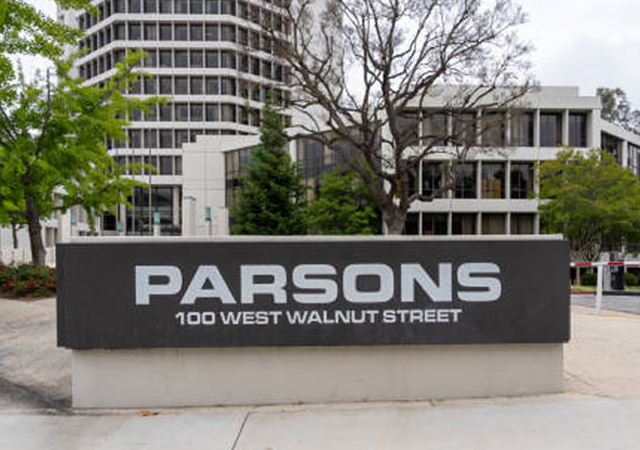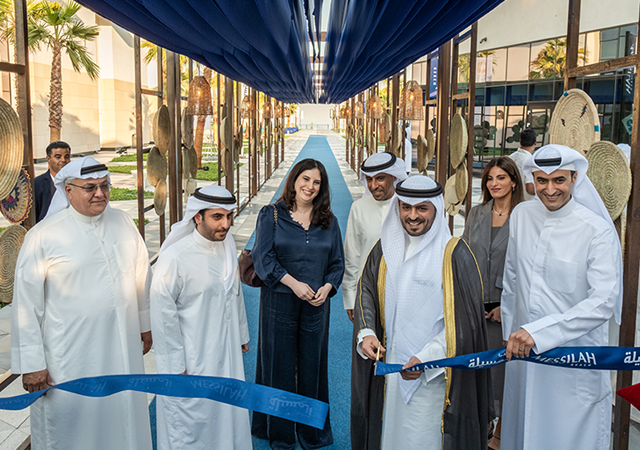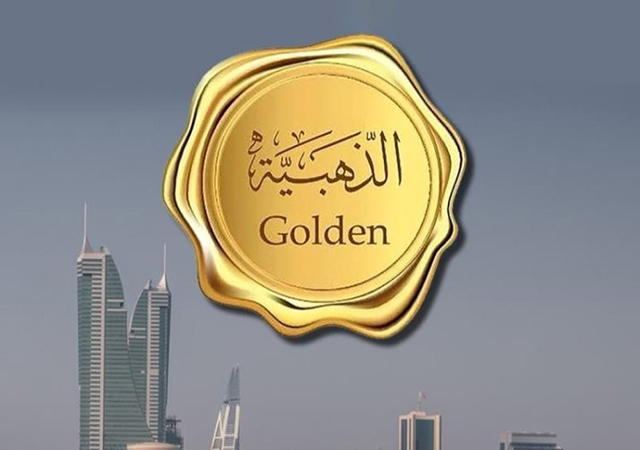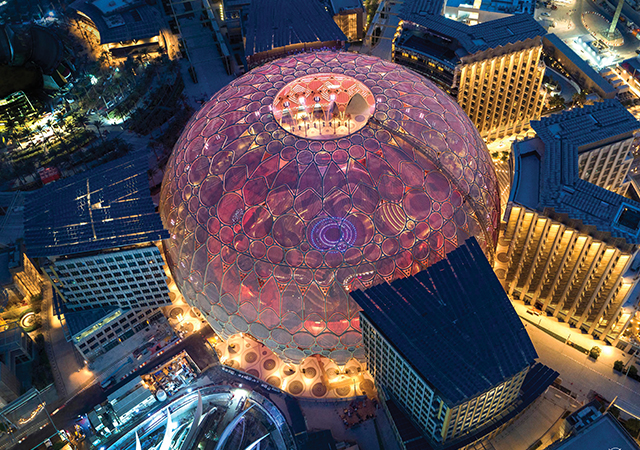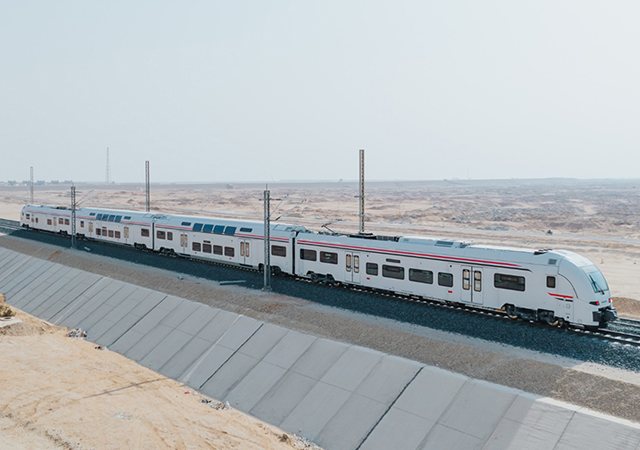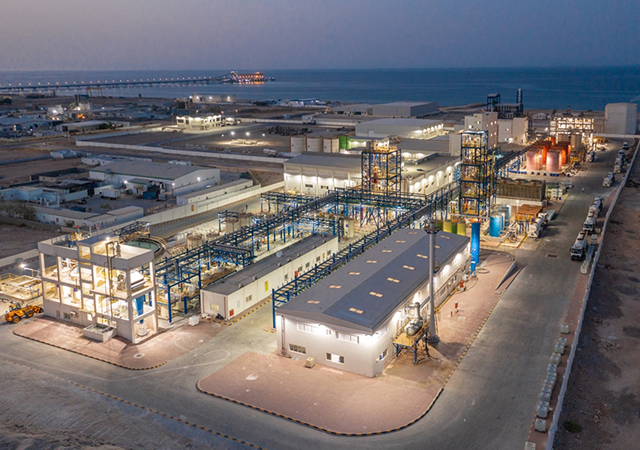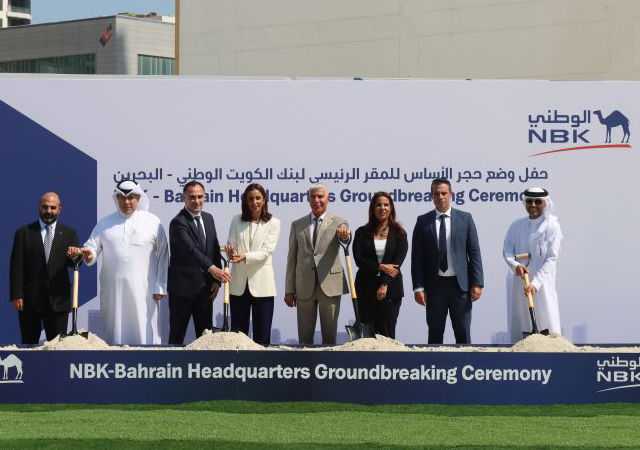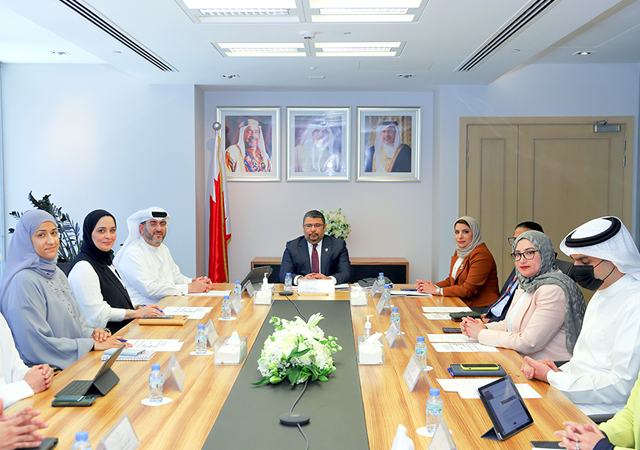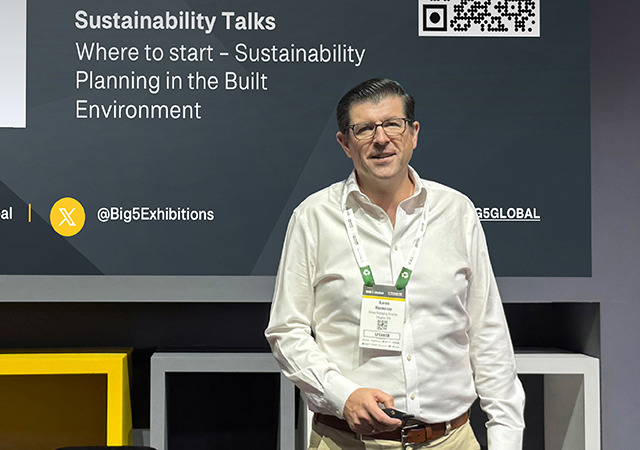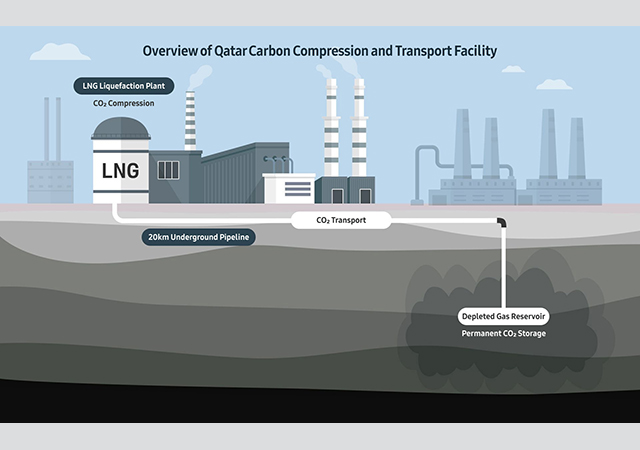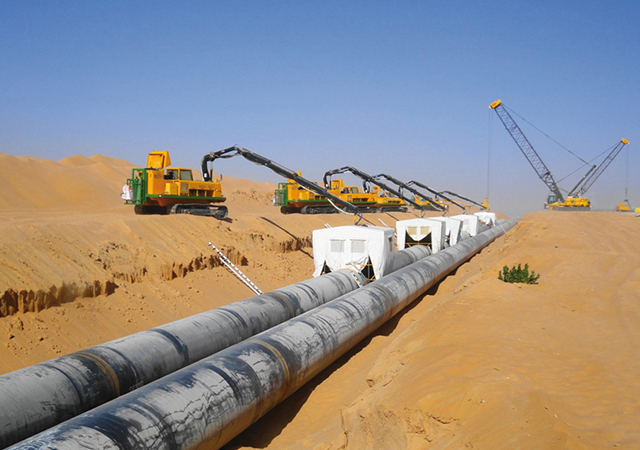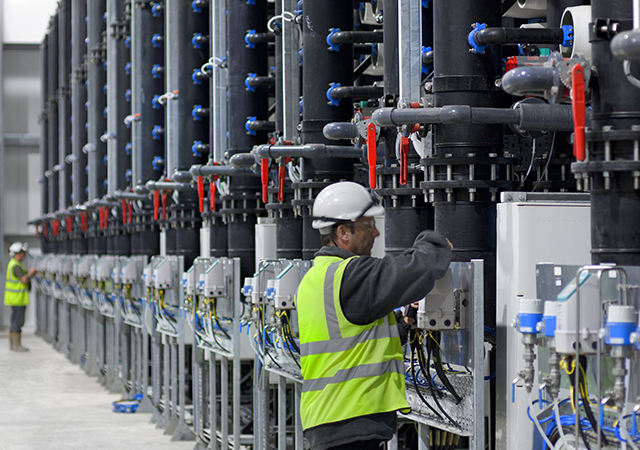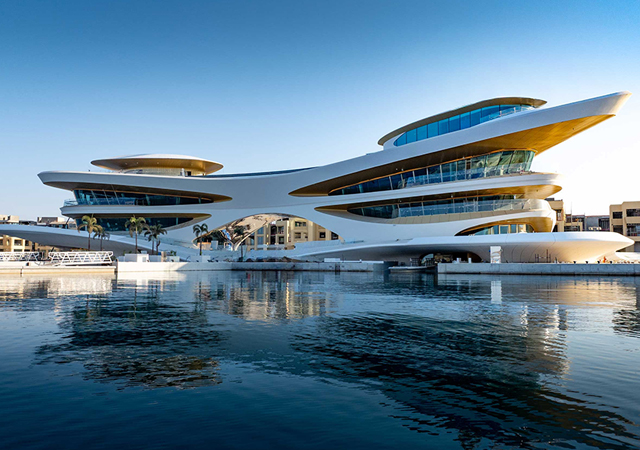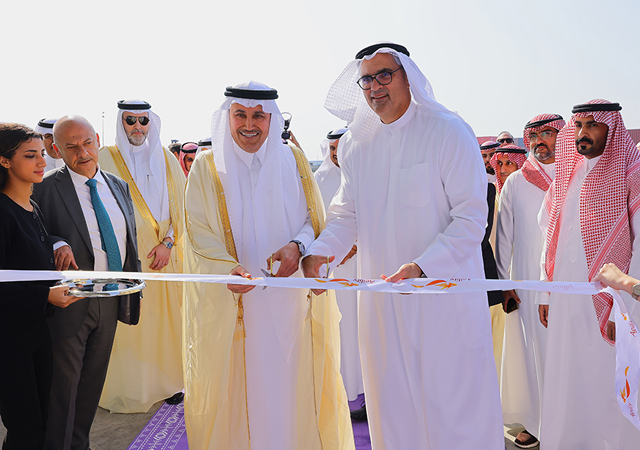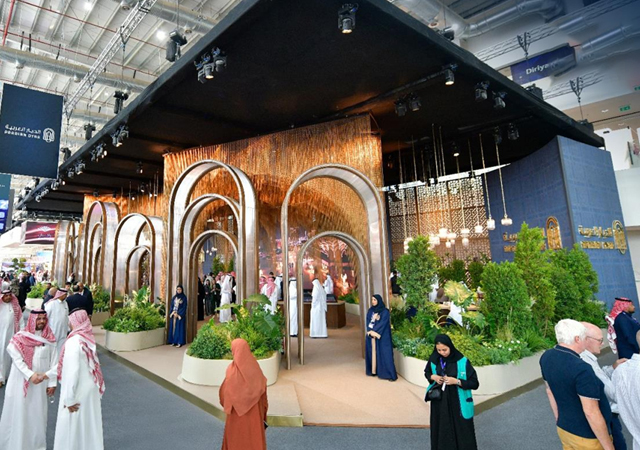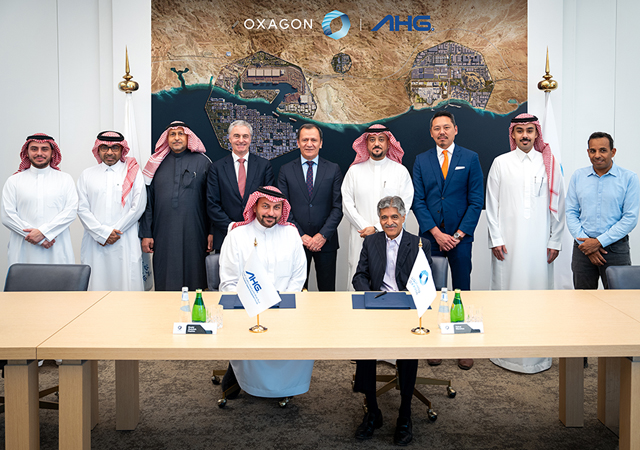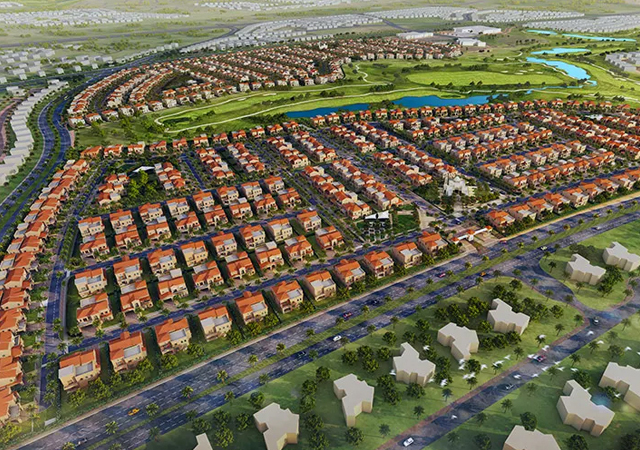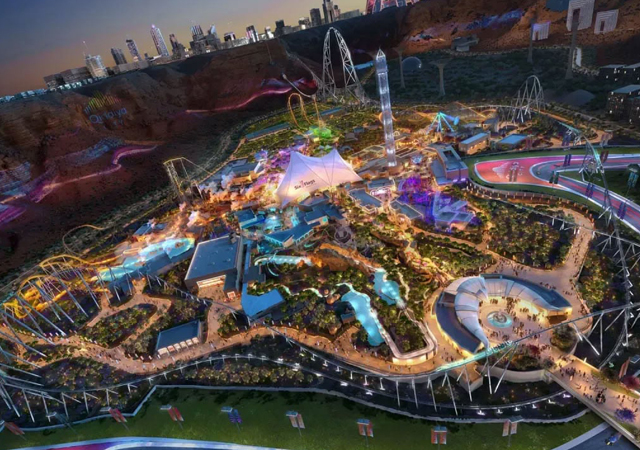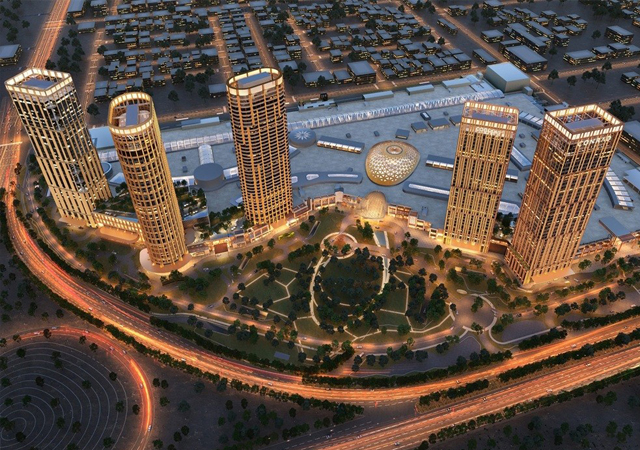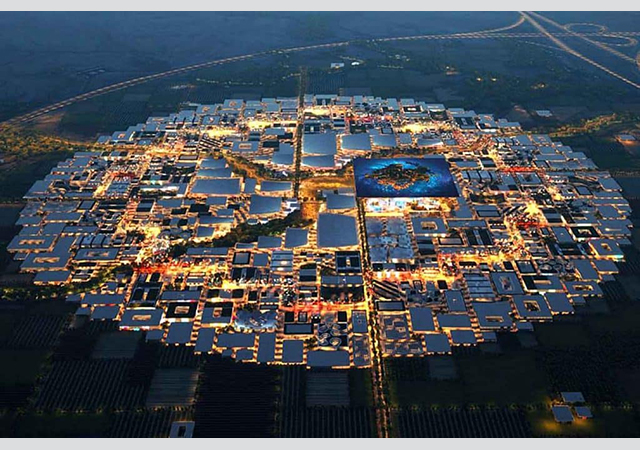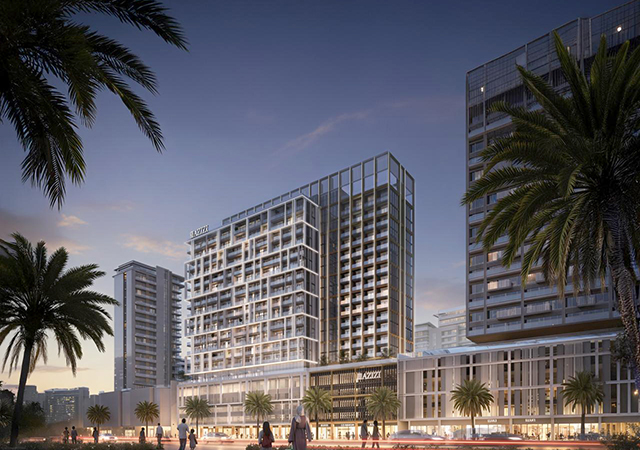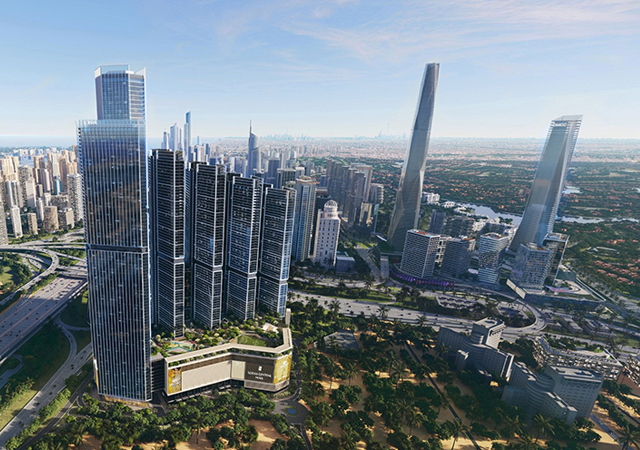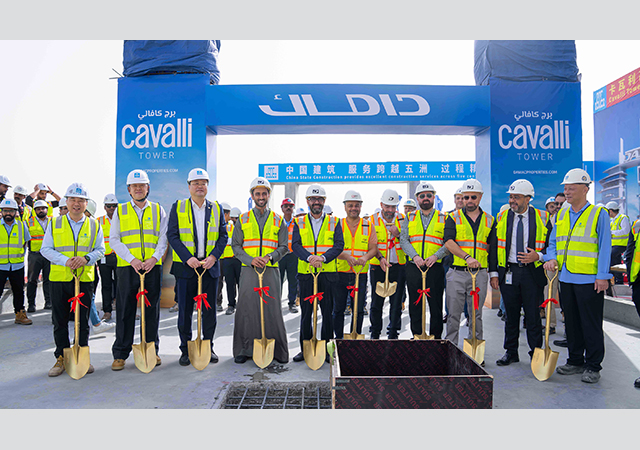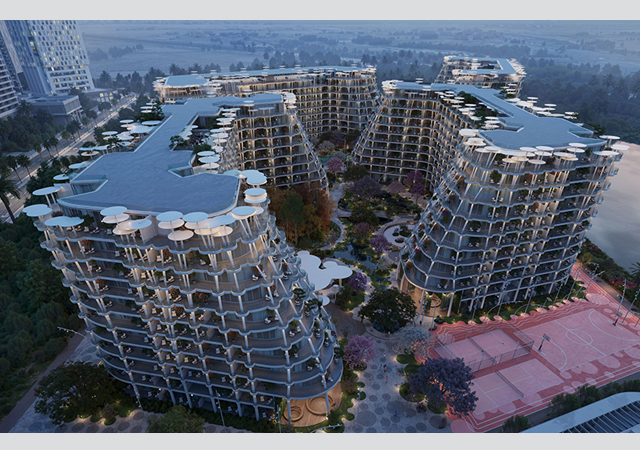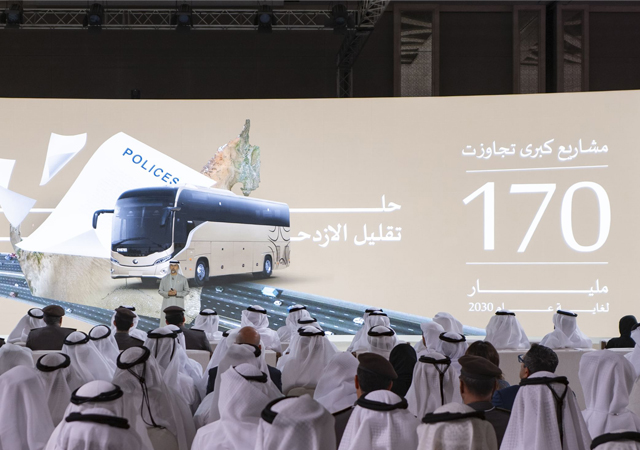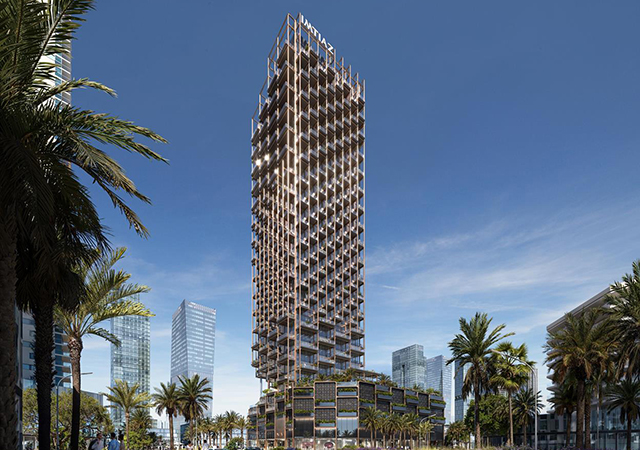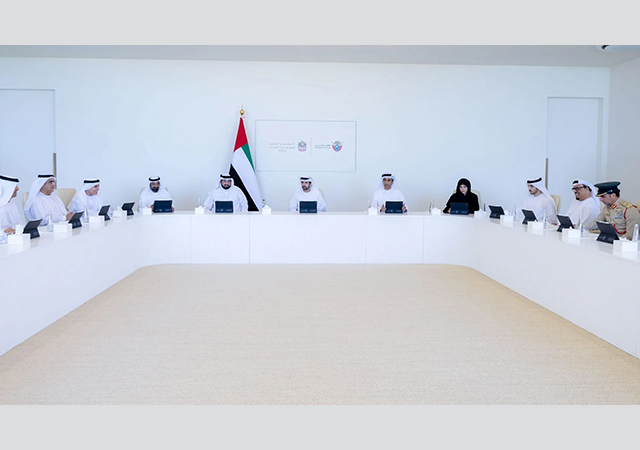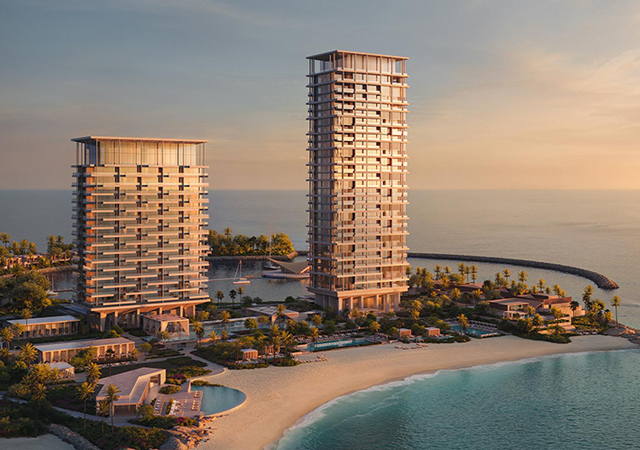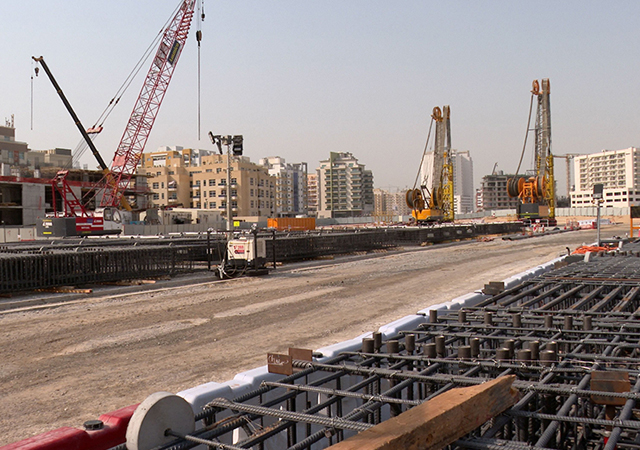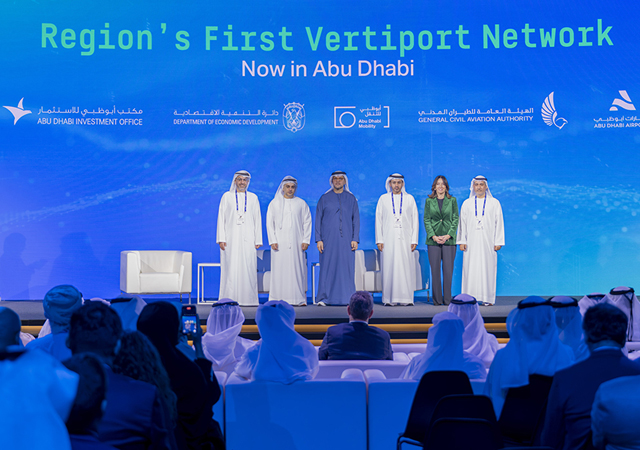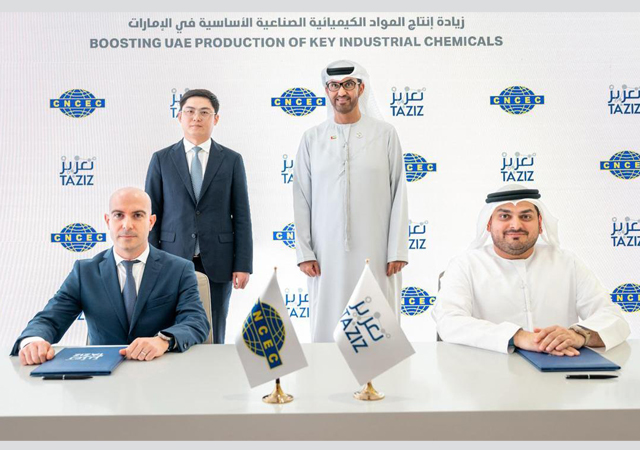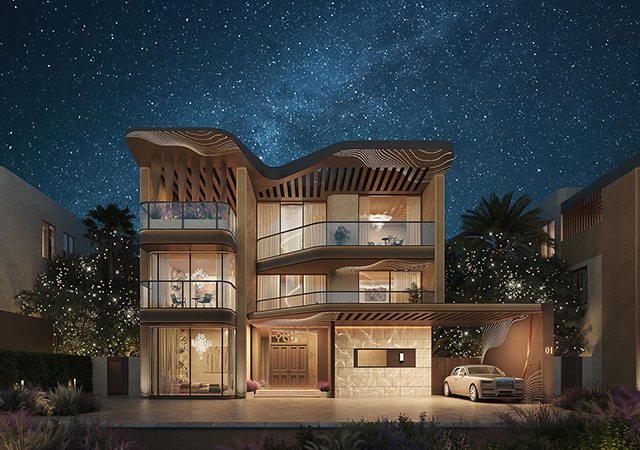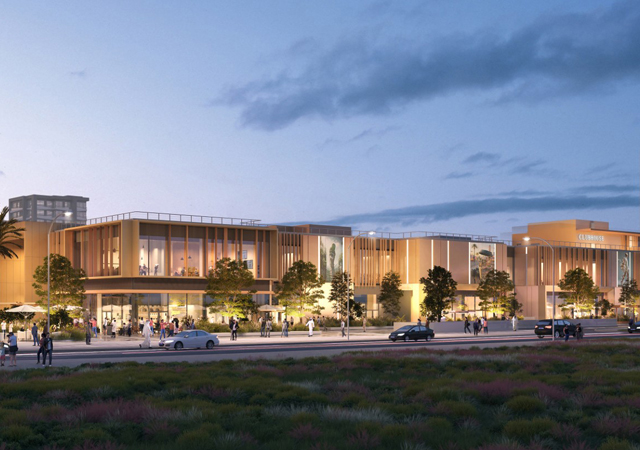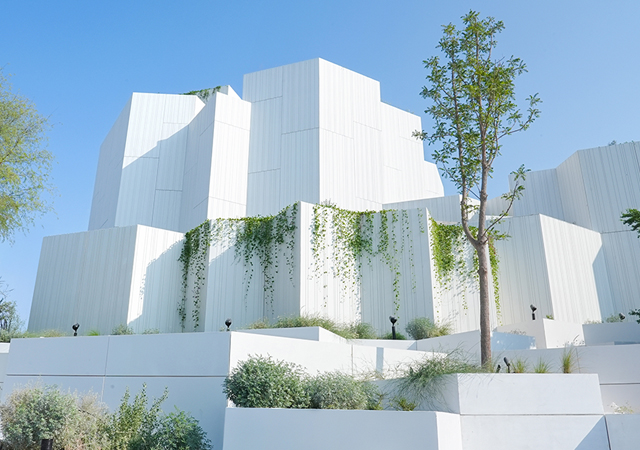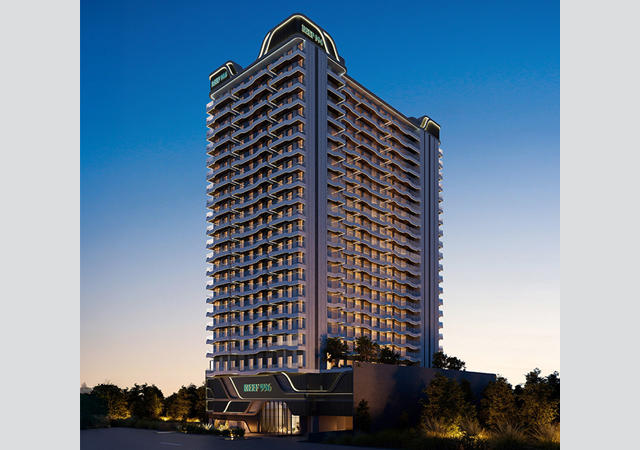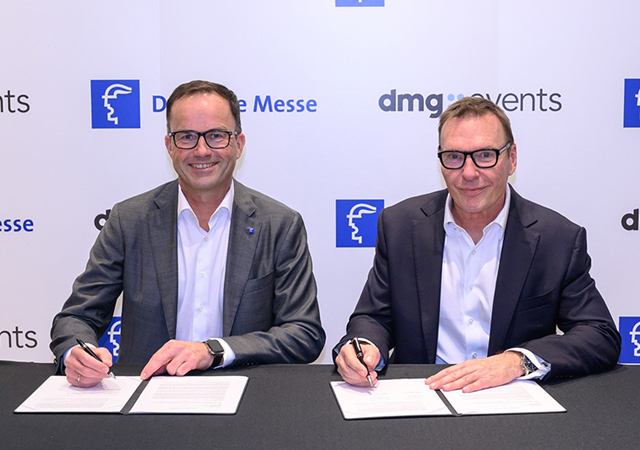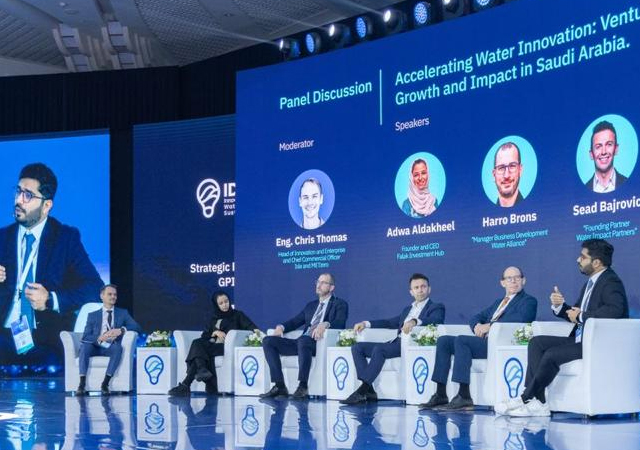

THREE giant stainless steel ‘Arabian oryxes’ that will adorn the entrance to the Porto Arabia precinct at The Pearl-Qatar are currently being manufactured at Foibos Design’s facility in Prague, Czech Republic.
The company received the official go-ahead from United Development Company (UDC), The Pearl-Qatar’s developer, following a visit last month to the facility by UDC officials to inspect the first of the sculptures being manufactured there. Installation work is expected to commence in June, according to Milan Spiller, regional manager, Asia and Africa district, for Foibos Middle East.
“Maximising on the use of high-end technology, advances in 3D engineering, and the use of coordinate measuring machine (CMM) technology, the 15-m-high sculptures are being created by a select group of artisans and craftsmen who have such expertise,” says Spiller, who is the project director.
 |
They will be working under the supervision of sculptor, designer and art blacksmith Radomir Barta.
He says the technical challenges for this scale of work were considerable. “The sheer height and complex construction of the oryx statues is ground-breaking among monuments of such magnitude. Therefore, it was not possible to benefit from solutions adopted for previous examples. Such innovative construction consequently required countless hours of analyses and highly-skilled work to resolve every detail of the construction,” he says.
Molybdenum was the material of choice, due to its ability to withstand the extreme Middle East temperatures. The Group Six chemical element – frequently used in high-strength steel alloys – has the sixth-highest melting point of any element, thereby giving it the necessary qualities to endure hot climatic conditions, he points out.
The cladding of the sculptures involved intricate design engineering, which required the creation of more than 400 original drawings for cladding strips shaped to follow faithfully the outline of the oryx body. “Each piece is original and the product of a combination of cyber technology and the skilled handiwork of metal craftsmen,” he says.
This was followed by geometrical analyses and extraction of data for CNC cutting and positioning of the cladding elements on the inner structure of the oryx. More than 350 technical drawings were made for CNC cutting in preparation for the positioning onto this internal supporting structure. Each sheet is manually fitted, folded and moulded to the structure’s form. TIG (tungsten inert gas) welding without additional material was preferred mainly for stability, durability and aesthetic reasons, he says.
“The creation of an over five-tonne, 15-m-high sculpture fashioned in stainless steel has rarely, if at all, been ventured and in many ways, this project may be a precursor of things to come,” he says.
“The oryx is an artistic embodiment of what the Gulf Arab nations consider to be strong, beautiful and rare. Consistent with this symbolism, the sculptures shall stand as unique, giant works of art welcoming people from all walks of life to an equally unique treasure which is The Pearl-Qatar,” concludes Spiller.
The project marks a giant leap outdoors for Foibos Design, which has established a niche in custom-made interior lighting.



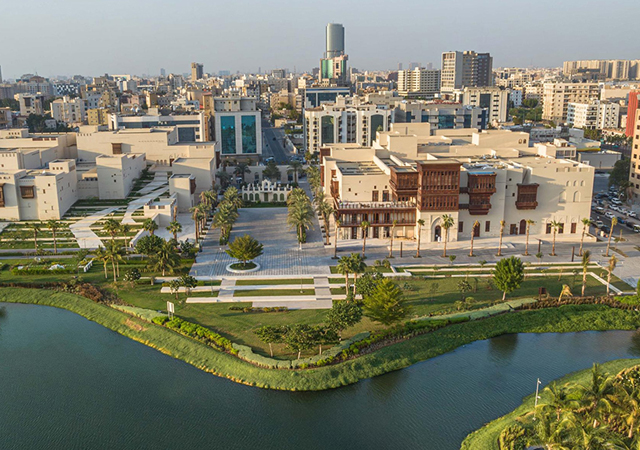
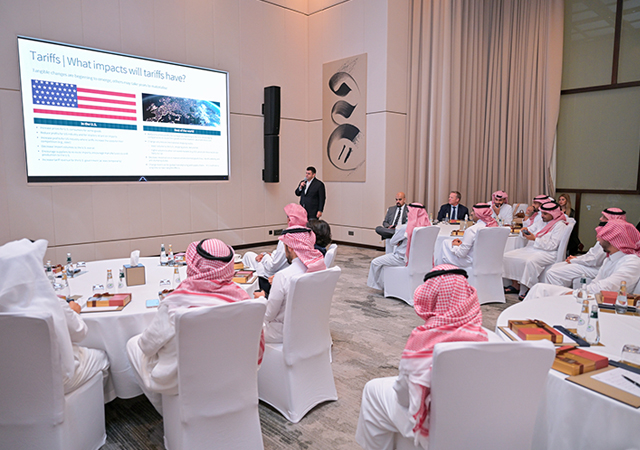
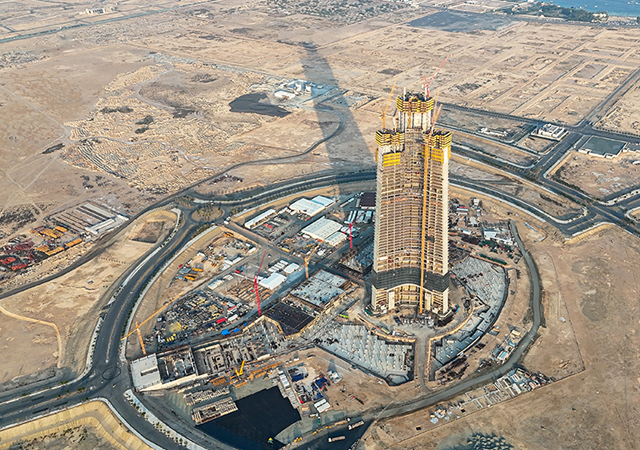
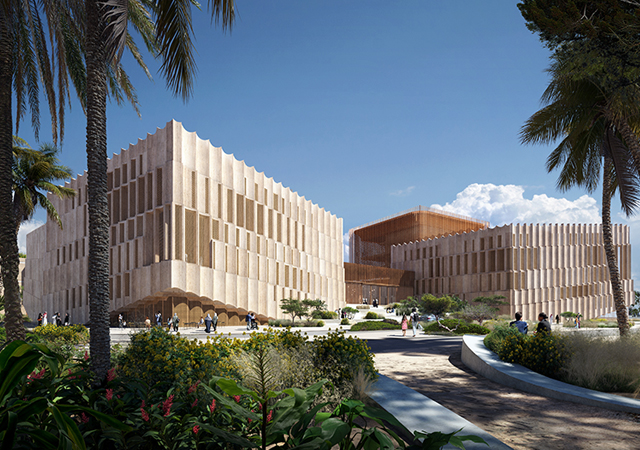
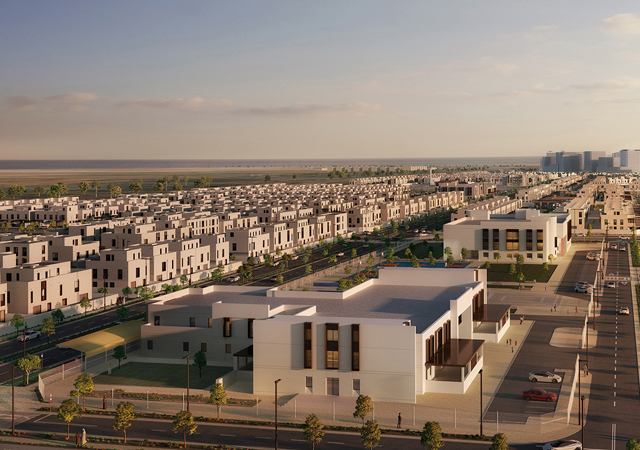
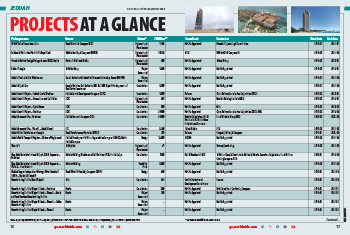
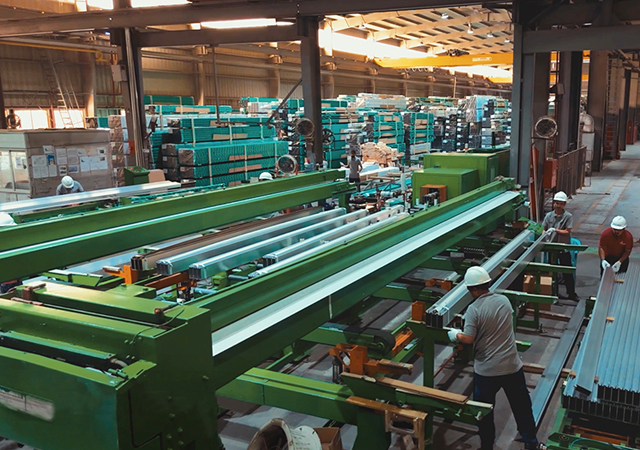

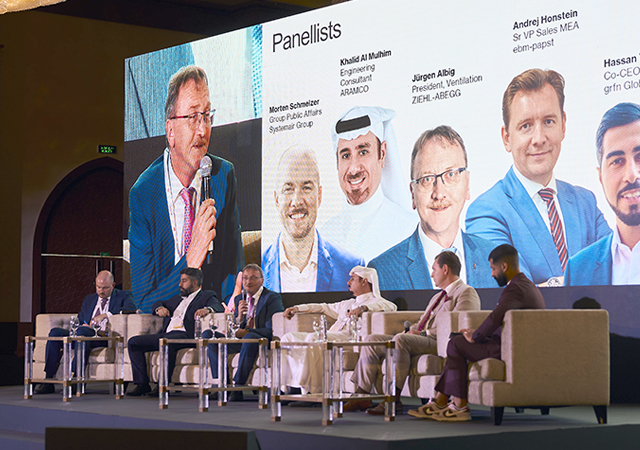
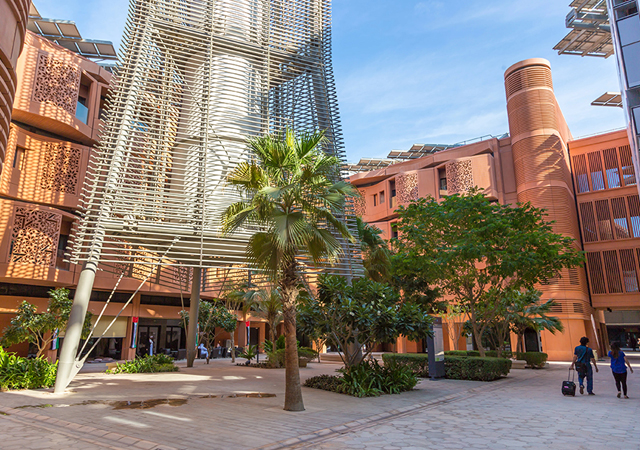
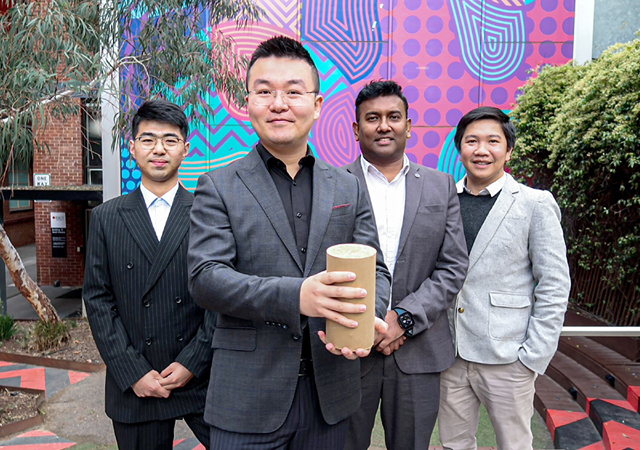
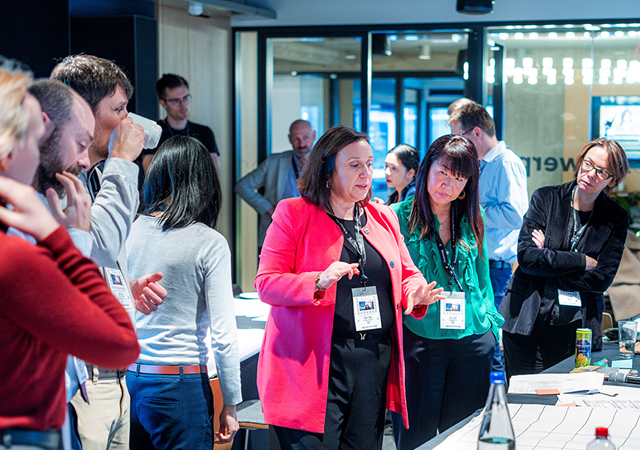
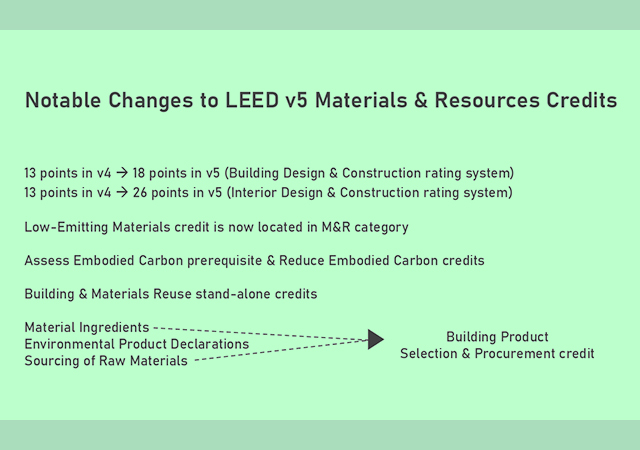
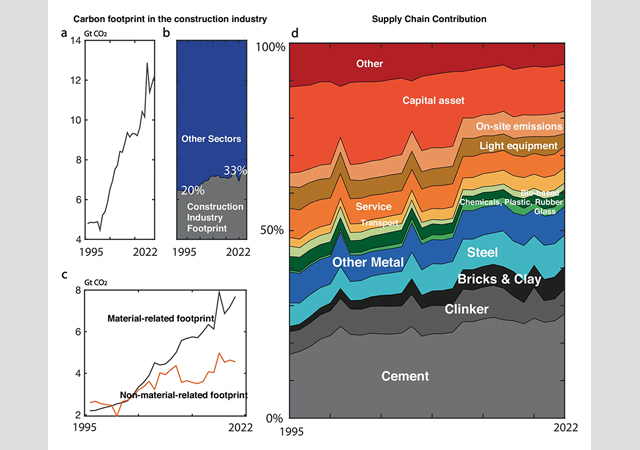
.jpg)
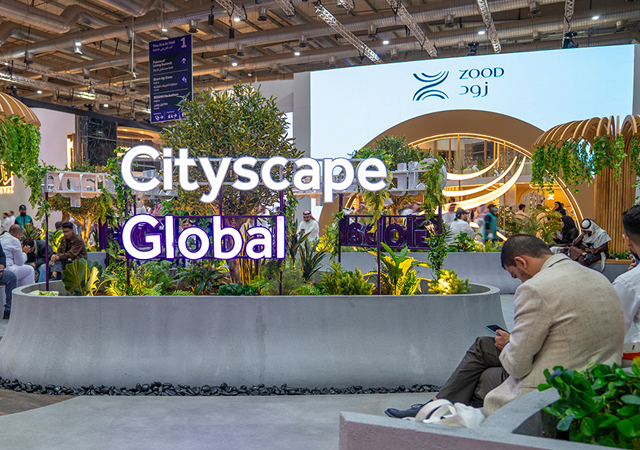
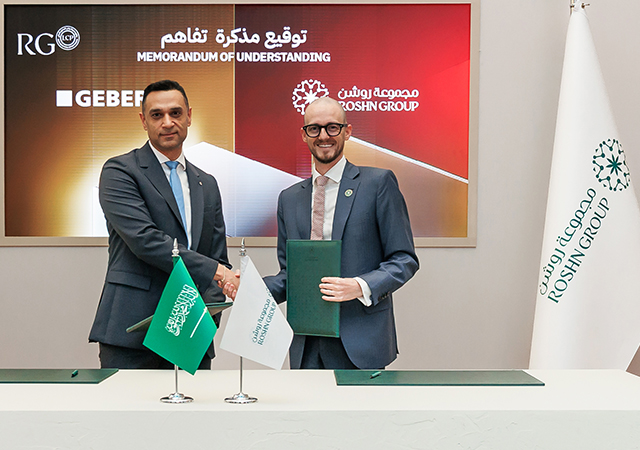
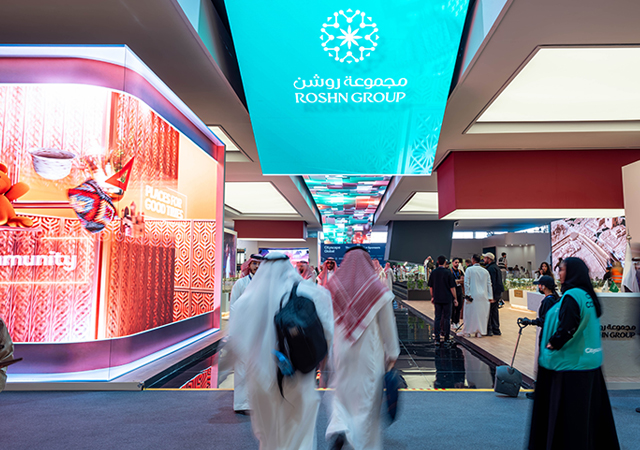
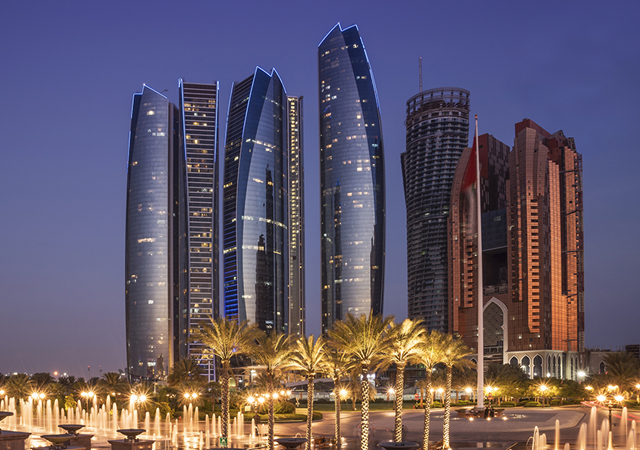
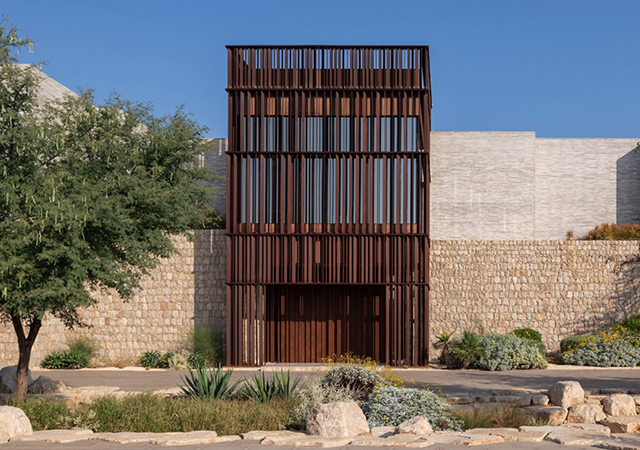
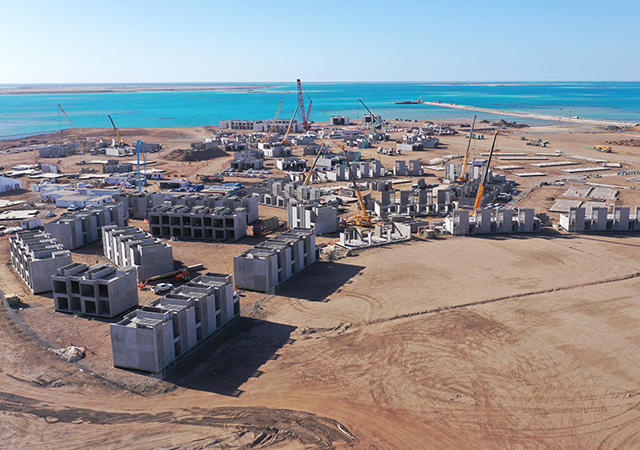
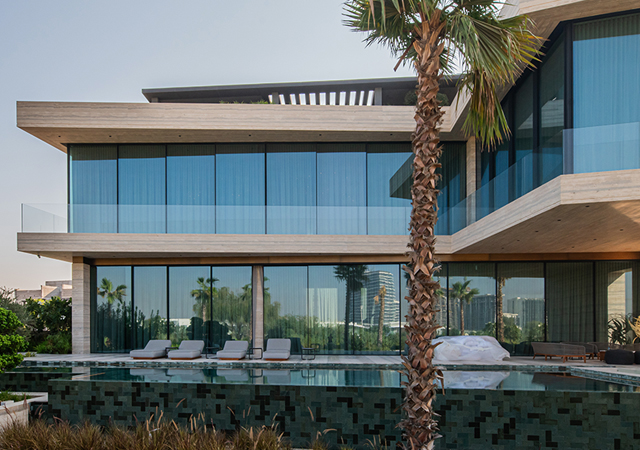
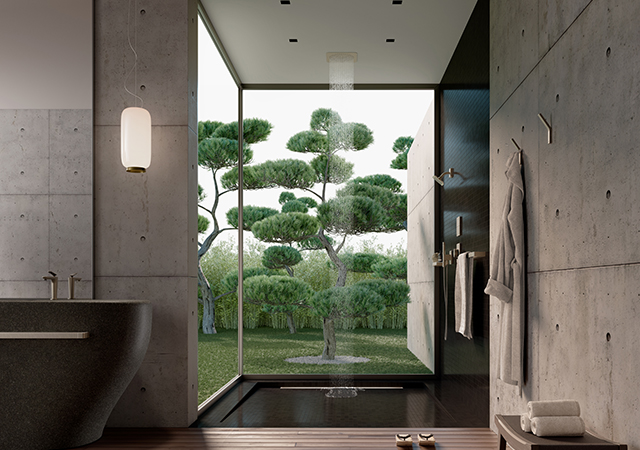
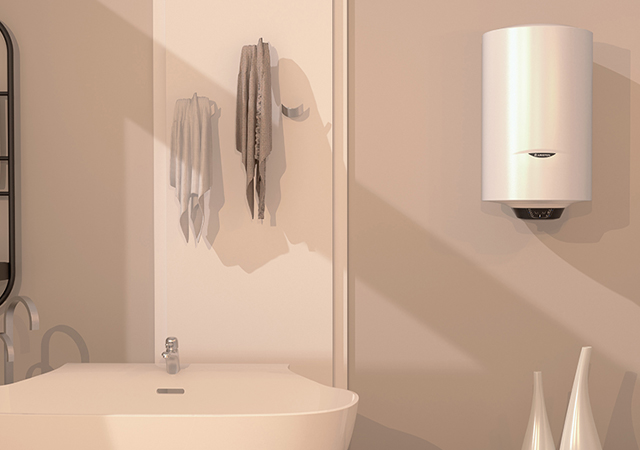
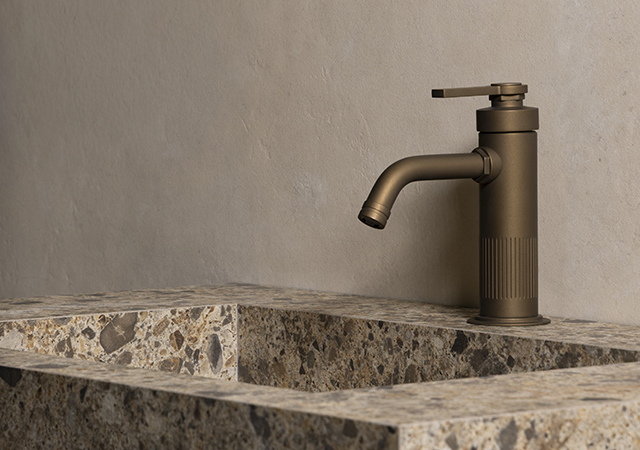

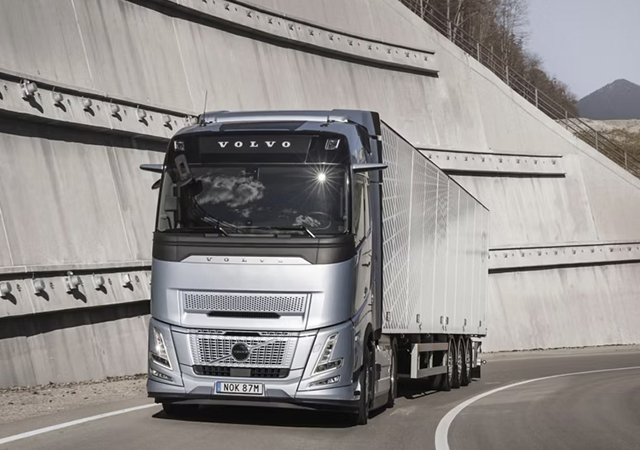
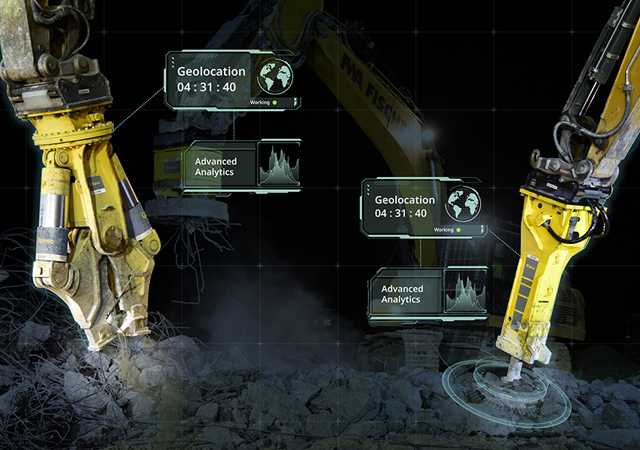
 (1).jpg)

